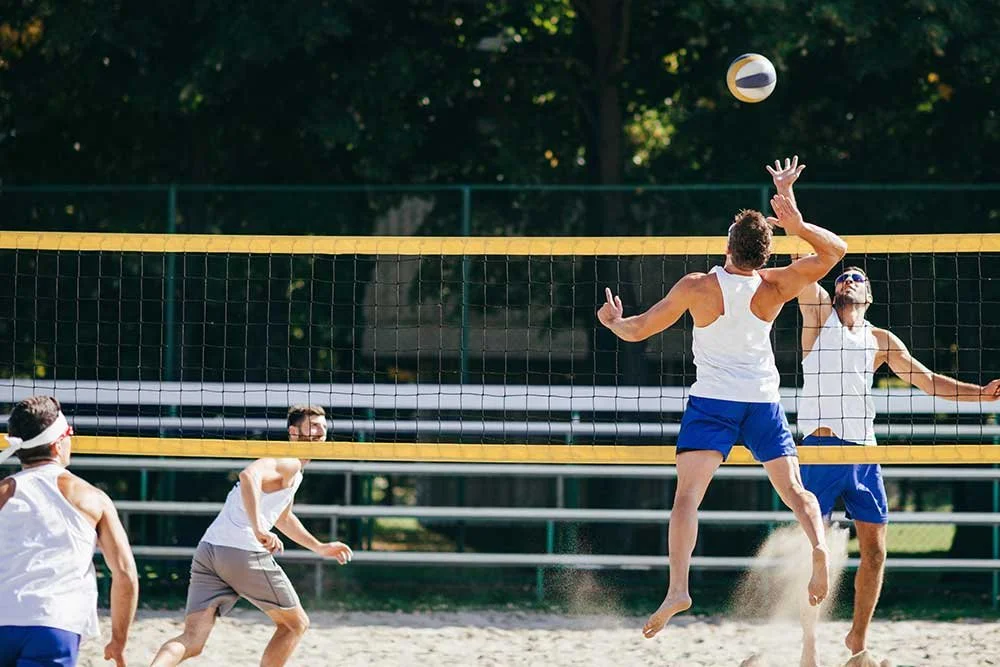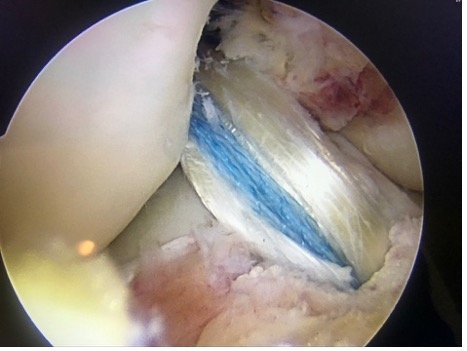Pickleball and Knee Pain: Identifying and Preventing Common Injuries on the Court
If you’ve stepped off the court with aching knees, you’re not alone. As a sports doctor for pickleball injuries, I often treat patients with pain related to overuse or improper mechanics. Some of the most frequent pickleball knee injury diagnoses include:
Patellar Tendonitis (Jumper’s Knee): Pain just below the kneecap, often from repeated jumping or forceful squatting.
Meniscus Tears: Caused by twisting motions, especially when the foot is planted but the knee rotates.
Runner’s Knee (Patellofemoral Pain Syndrome): General pain around the kneecap from repeated impact or misalignment.
Bursitis: Inflammation in the knee's cushioning sacs, usually from kneeling or direct pressure.
Whether you’re a seasoned player or just learning the ropes, it’s important to recognize the signs of a pickleball knee injury before it sidelines your summer fun.
Patellar Tendonitis vs. Jumper’s Knee: What’s Causing Your Summer Knee Pain?
Jumper’s knee is a form of overuse injury that affects the patellar tendon the thick cord of tissue that connects your kneecap (patella) to your shinbone (tibia). This tendon plays a key role in knee extension, allowing you to straighten your leg and absorb force during jumping and landing.
When repetitive impact overloads the tendon, it can lead to microtears, inflammation, and chronic pain. This condition is especially common in high-impact sports like volleyball, basketball, running, and more recently pickleball.
How Knee Braces Can Support Your Ski Adventures
Skiing is a thrilling way to embrace the winter months, but for those with knee instability or past injuries, it can also be a source of concern. Whether you’re a seasoned skier or hitting the slopes for the first time, knee braces can be a game-changer in boosting your confidence and protecting your knees.
A Quick Summary of ACL Reconstruction Surgery Lingo
OK, you’ve gotten over the shock of tearing your ACL, concluded that you should have surgery, and now your surgeon wants your input on what he should use to replace your ACL. But it feels like he is speaking a different language. Lets go over some of the lingo.
Advantages and Disadvantages of Being Loose Jointed
“In fact, athletes in many sports that meet criteria for being loose jointed are more than four times more likely to tear their ACL than athletes that are not loose jointed,” states Dr. Sterett.
Can Knee Dislocation Cause Arthritis?
Dr. Sterett explains that, “Knee dislocations have the potential to cause arthritis, primarily due to the significant trauma and damage to the joint structures.” Knee dislocations occur when the bones of the knee joint are forced out of alignment, often as a result of high-impact accidents or sports injury.
Knee Ligament Injuries: A Closer Look at ACL, MCL, PCL, and LCL Tears
Knee ligament injuries are prevalent, especially among athletes who engage in physically demanding sports, such as skiing, lacrosse, soccer, hockey, or football.
Knee Injuries on the Slopes: When to See a Doctor
Skiing and snowboarding are exciting winter sports that offer a great way to enjoy the outdoors, especially in the picturesque ski resorts of Eagle County. However, it's important to remember that knee injuries are prevalent among slope-goers.
Team Sterett’s Top 5 Blog Posts of 2022
Here are the most popular blog posts of 2022 that you might have missed!
Did I Tear My MCL?
If you've recently sustained a knee injury and are experiencing pain on the inner side of your knee joint, you may be wondering if you tore your medial collateral ligament (MCL).
Why Is My Knee Locking Up?
Is your knee locking or catching? Are you unable to bend or fully straighten your knee? If this sounds familiar, you might be dealing with a meniscus tear. Here’s how to recognize the symptoms of a torn meniscus.
Did I Tear My ACL or MCL?
Here's how to recognize the difference between an ACL and MCL tear and the treatment options for both injuries.
What Is Jumper’s Knee?
Here’s how to know if you have Jumper’s Knee and the treatment options for this condition.
What to Know About Meniscus Surgery
Not all meniscus tears require surgery, but all meniscus tears need professional orthopedic treatment. Failure to properly care for a meniscus injury can lead to chronic knee issues and severely reduce your quality of life.
When To Be Concerned About Knee Grinding
Here’s when to be worried about your knee grinding and when to schedule an appointment with an orthopaedic knee expert.















